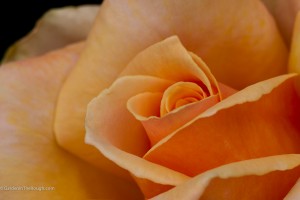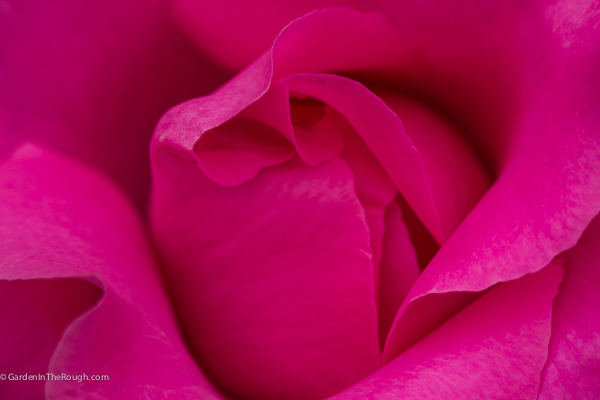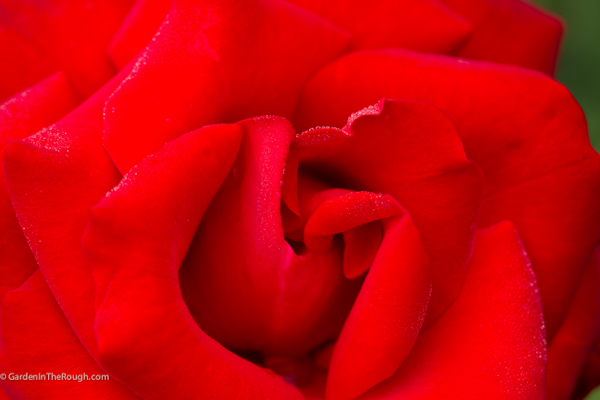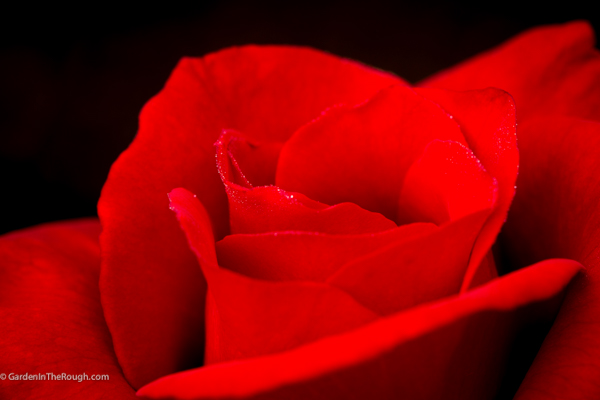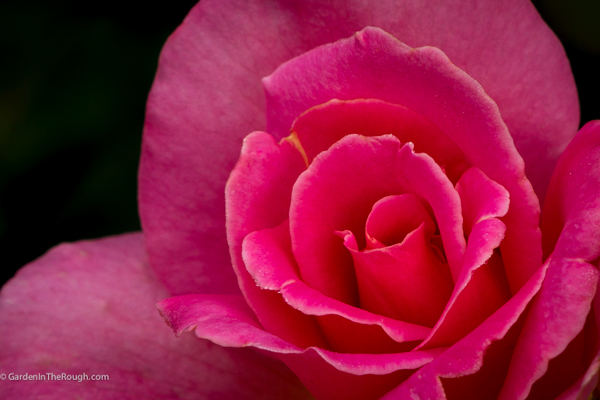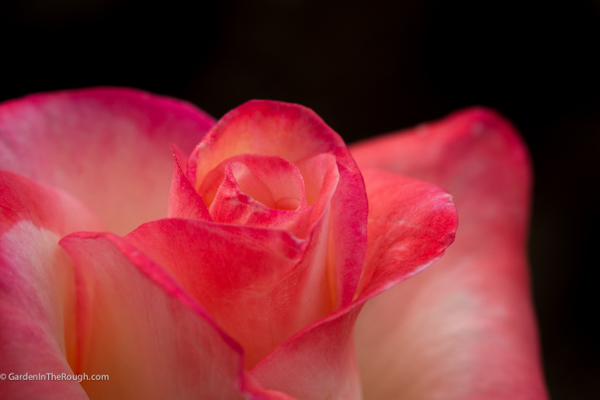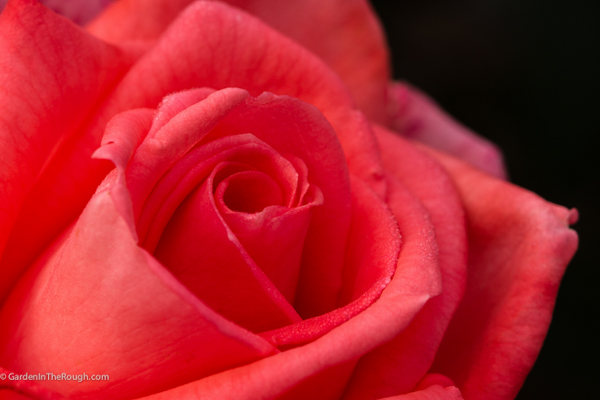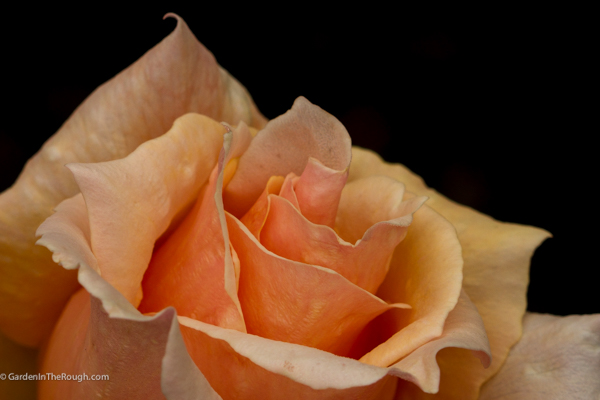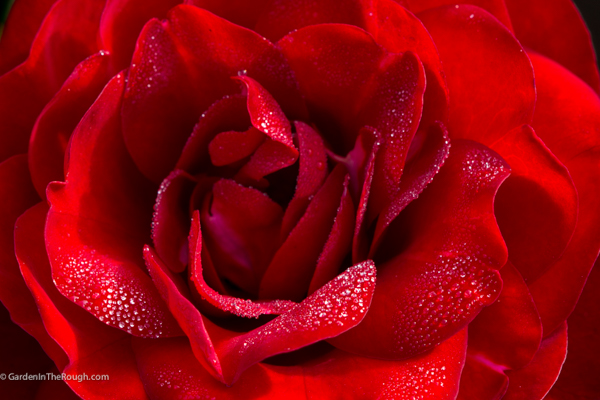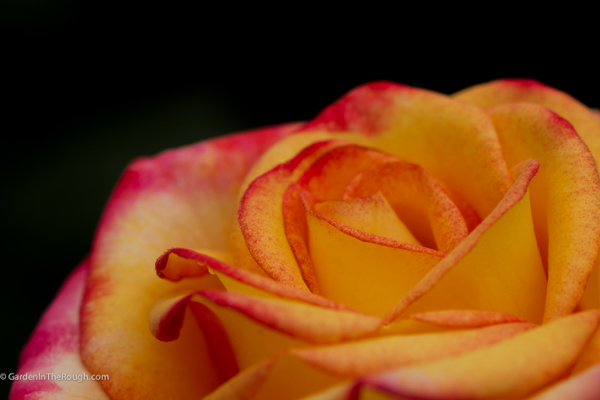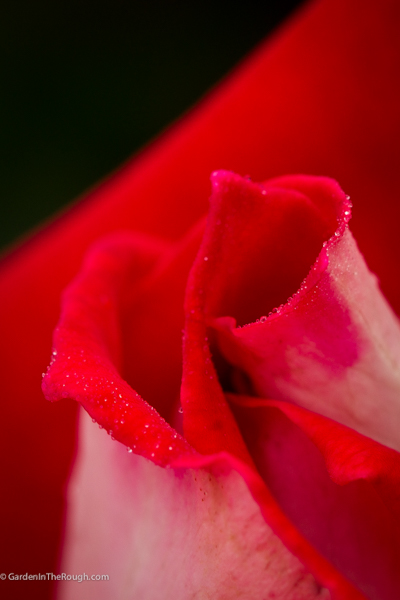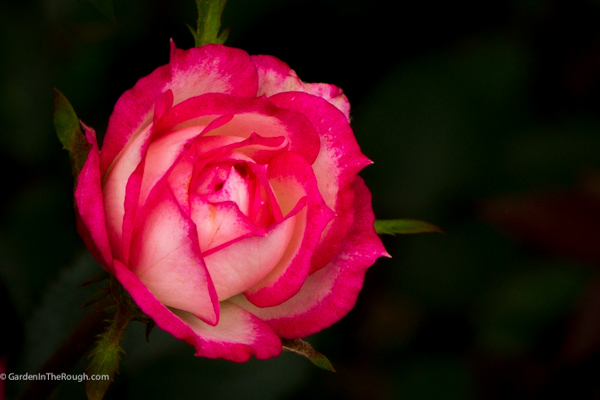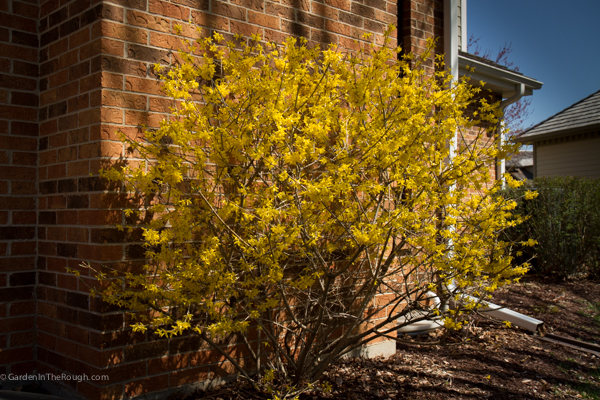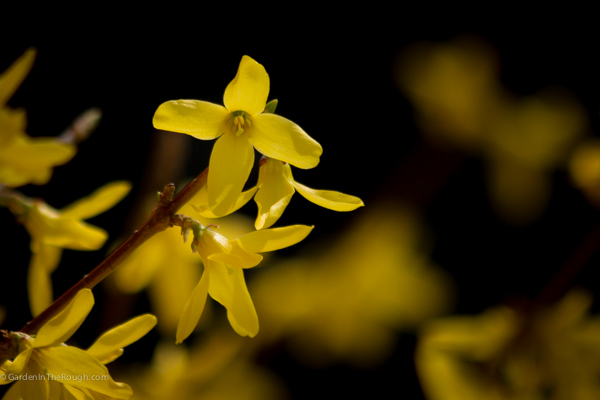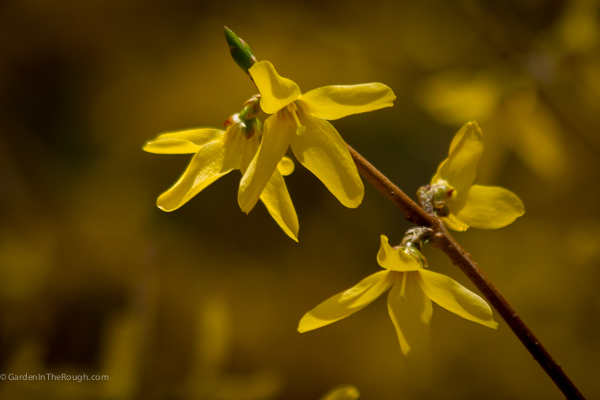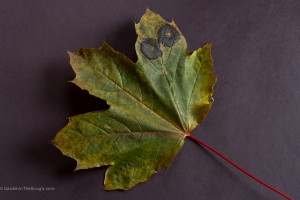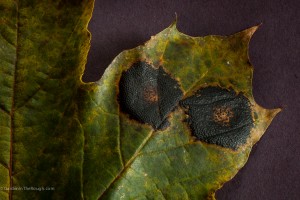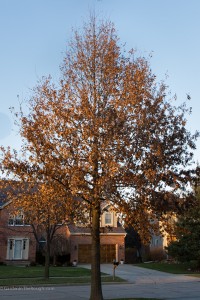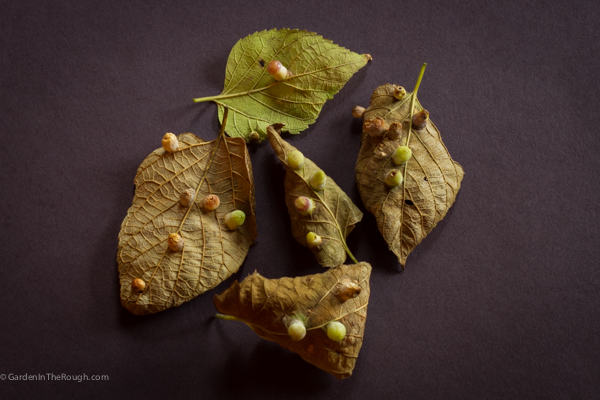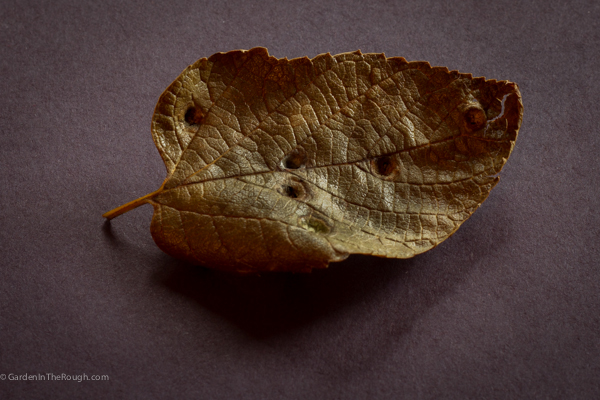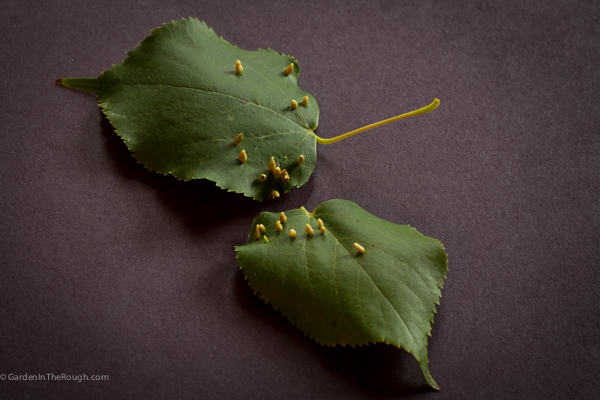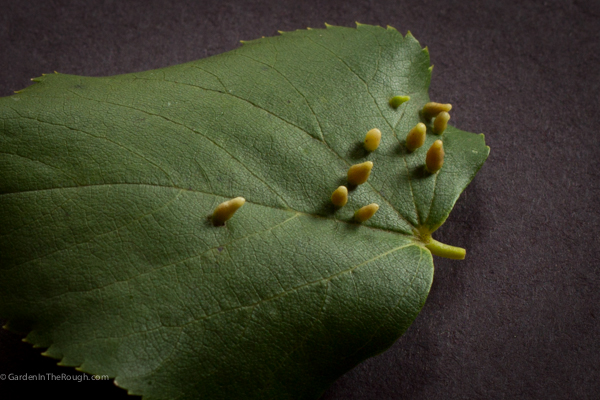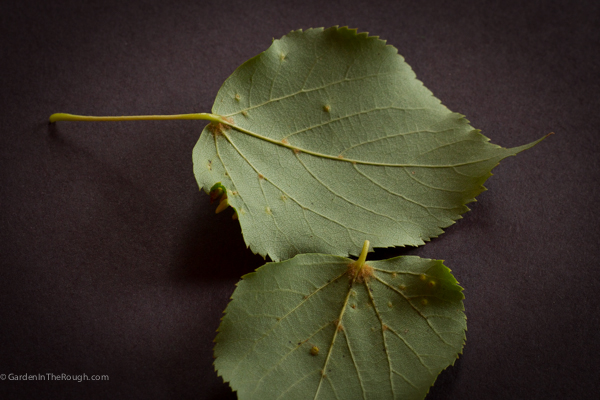A trip to the Chicago Botanic Garden last week provided a great opportunity to take in the sights and smells of summer roses. Some of the most common types of roses are described below.
Hybrid Tea
Tea roses, named for their fragrance, are considered “old garden roses” and date back to the mid 1800s. Original tea roses were mostly red, pink, or white and had small weak stems with blooms that drooped. Hybrid tea roses have stems that are longer and stronger. They are available in a wide variety of colors. Hybrid tea roses have individual blossoms, bloom repeatedly, and are usually grafted onto rootstocks of other types of roses to improve growing performance. Of the 40+ million roses produced each year in the US, almost half are hybrid tea roses. They make excellent cut flowers.
Floribunda
Floribunda roses were introduced at the beginning of the 20th century. They have clusters of flowers at the top of each stem and generally do not grow very tall. Many floribunda roses were developed by Eugene Boerner during his time at Jackson & Perkins. Several of his roses were given the All-American Rose Selections award. Floribunda roses are preferred by landscapers, especially for borders and hedges, for their abundant flowers and small, compact size. Several floribunda roses have intense fragrance.
Grandiflora
Grandiflora roses are combinations of floribunda and hybrid tea roses. Grandiflora roses are tall, bloom repeatedly, have clustered blooms, and have slightly shorter stems than hybrid tea roses. The term grandiflora was first used to describe a rose developed in the 1950s for Queen Elizabeth.
Miniature
Miniature roses are just like their full-size counterparts except they are smaller. They are available in a wide variety of colors, sizes, bloom types, and growth patterns. Miniature roses are more hardy in colder climates because they are usually grown on their own roots. They are easy to grow and some are very fragrant.
Examples of these types of roses are shown below.
For more information, check out this link:

